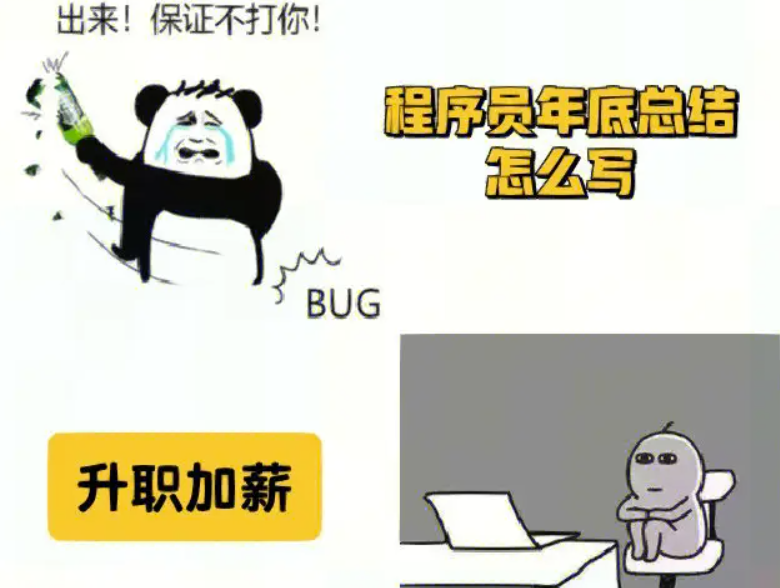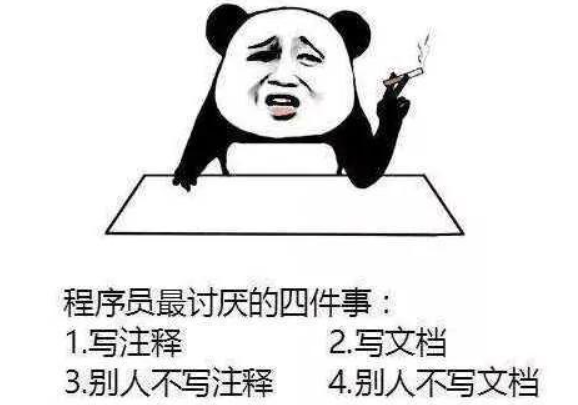这段代码是一个循环单链表的实现,包括了添加节点、构造函数和合并链表等操作。在主方法中创建了两个整数数组,并使用它们分别初始化了两个循环单链表对象list和list1。然后输出了这两个链表的字符串表示。接着调用addAll方法将list1合并到了list中,并输出合并后的链表。
需要注意的是,代码中使用了一个Node类来表示链表节点,但是你没有提供这个类的定义。可以参考下面给出的代码:
public class CirSinglyList<T> {
public static void main(String arg[]) {
Integer[] values = new Integer[10];
for (int i = 0; i < values.length; i++) {
values[i] = i + 1;
}
Integer[] value = new Integer[10];
for (int j = 0; j < value.length; j++) {
value[j] = j + 6;
}
CirSinglyList<Integer> list1 = new CirSinglyList<>(value);
CirSinglyList<Integer> list = new CirSinglyList<>(values);
System.out.println(list.toString());
System.out.println(list1.toString());
list.addAll(9, list1);
System.out.println(list.toString());
}
public Node<T> head;
public CirSinglyList() {
this.head = new Node<T>();
}
public CirSinglyList(T[] values) {
this();
Node<T> rear = this.head;
for (int i = 0; i < values.length; i++) {
if (values[i] != null) {
rear.next = new Node<T>(values[i], null);
rear = rear.next;
}
}
rear.next = this.head.next;
}
public String toString() {
if (this.head.next == null) {
return "()";
}
String str = "(";
for (Node<T> p = this.head.next; p != this.head; p = p.next) {
str += p.data.toString() + (p.next != this.head ? "," : "");
}
return str + ")";
}
public void addAll(int i, CirSinglyList<T> list) {
Node<T> front = this.head;
Node<T> temp;
Node<T> p = this.head;
if (list == null || list.head == null) {
return;
}
for (int j = 0; j < i - 1; j++)
front = front.next;
while (p.next != this.head) {
temp = list.head;
while (temp.next != list.head) {
if (temp.next.data.equals(p.next.data)) {
temp.next = temp.next.next;
} else
temp = temp.next;
}
p=p.next;
}
p. next= list. head. next ;
}
static class Node<T>{
T data; // 数据域
Node<T> next; // 指针域
public Node(){
next=null;
}
public Node(T data){
this.data=data;
next=null;
}
public Node(T data,Node<T> next){
this.data=data;
this .next=next;
}
这是修正后的代码,现在应该可以正常运行了。
内容由零声教学AI助手提供,问题来源于学员提问


![/data # iw --debug dev wlan0 connect -w lucky-5g auth open key 0:1234567890
Usage: iw [options] dev connect [-w] [] [] [auth open|shared] [key 0:abcde d:1:6162636465] [mfp:req/opt/no]
Join the network with th...](https://linuxcpp.0voice.com/zb_users/upload/2023/05/202305162224509509129.png)
![/data # iw --debug dev wlan0 connect -w "lucky-5g" auth open key 0:1234567890
Usage: iw [options] dev connect [-w] [] [] [auth open|shared] [key 0:abcde d:1:6162636465] [mfp:req/opt/no]
Join the network with ...](https://linuxcpp.0voice.com/zb_users/upload/2023/05/202305162239148267954.png)

![驱动代码
void kalRxTaskletSchedule(struct GLUE_INFO *pr)
{
static unsigned int num = 0;
tasklet_hi_schedule(&pr->rRxTask[(num++)%NR_CPUS]);
// tasklet_hi_schedule(&pr->rRxTask);
DBGLOG(HAL, ERROR,](https://linuxcpp.0voice.com/zb_users/upload/2023/05/202305162226144313964.png)














